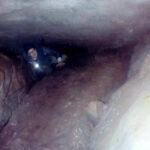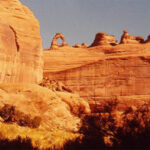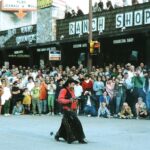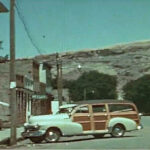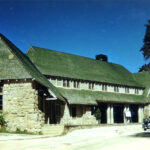
Herb Ringer and his mother and father started traveling extensively after the end of WWII. Until then, most of Herb’s wanderings were in the vicinity of Reno, Nevada or the far eastern side of California. he especially loved exploring the abandoned mines and ghost towns of Nevada. But in 1946, the Ringers headed for the Grand Canyon and other parks of the Colorado Plateau. They were stunned by the Grand Canyon and Herb’s father, Joseph, recorded his thoughts in the journal that Herb gave him for Christmas 1944. Joseph would maintain that journal until his death in 1963. Many of those journal entries are included in this story.
The Ringer Family’s first big trip to Utah came in 1946. They were still driving their 1941 Lincoln Zephyr, though you will only see one photograph of it, farther down in the Bryce Canyon section. So many Zephyr readers love Herb’s cars as much as the scenery so I have included excerpts from Joseph Ringer’s journals about both. You’ll find the history of their car purchases to be remarkably detailed. And that makes sense since most Americans then (and now) are more worried about their vehicles running than geology.
This album and the excerpts are from numerous trips that began in 1946. But most of them are from trips in the Ford Woody and the turquoise Ford truck with the camper, between 1950 and 1956. I include a couple additional photos from 1962, and one from1965, when Herb was now traveling alone with his mother. Joseph died of cancer in 1963, a year before Medicare legislation was passed. Herb later told me that he spent the family’s entire life savings, $37,000 trying to save his father…JS

